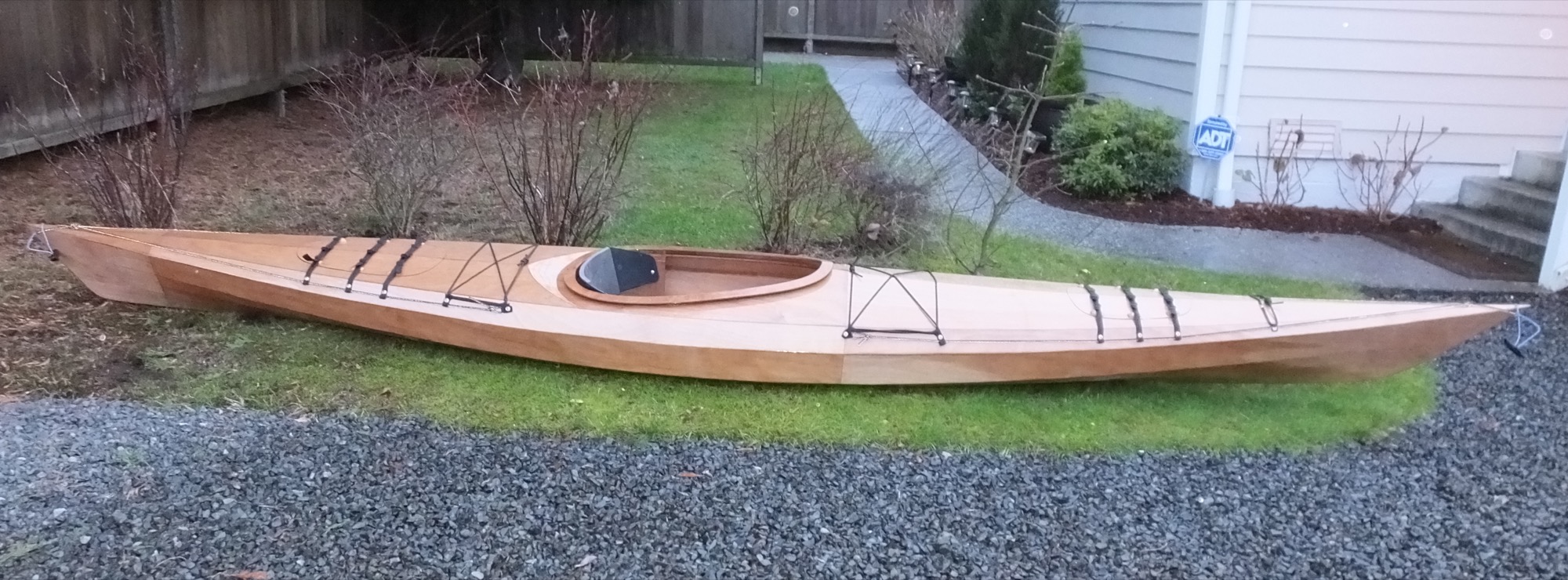
Beyond the Plans: Unlocking Creative Boatbuilding with "Create Beautiful Wood Boats"
Building a wooden boat is a dream for many, a blend of artistry, engineering, and sheer dedication. While countless plans exist, the true artistry lies in understanding the why behind the lines, not just the how. "Create Beautiful Wood Boats with These Expert Building Plans" (let's call it CBB for short) offers blueprints, but this review dives deeper, exploring the often-overlooked aspects that transform a project from mere construction to a deeply satisfying creative journey.
Question 1: Beyond the Spruce - Exploring Sustainable and Unique Wood Choices
CBB likely features traditional wood choices like spruce and cedar. But what about the less conventional options? This is where the real innovation lies. The growing awareness of sustainable forestry practices demands we consider alternatives.
Answer: Embracing the Unexpected
Consider these often-overlooked possibilities:
- Recycled timber: Demolition lumber, reclaimed from old structures, offers character and sustainability. Think about the stories embedded in each plank! The unique grain patterns and variations in color create truly one-of-a-kind boats.
- Locally sourced hardwoods: Researching native, sustainably harvested hardwoods can reduce your carbon footprint while adding unique aesthetic qualities to your vessel. Consult local forestry departments or lumberyards specializing in sustainable practices.
- Bamboo: A rapidly renewable resource, bamboo's strength and flexibility make it a compelling alternative, particularly for smaller boat projects. Research requires careful consideration of its properties to ensure successful implementation.
The choice of wood significantly impacts not only the boat's aesthetics but also its lifespan and environmental impact. CBB serves as a starting point; true mastery lies in exploring the vast spectrum of wood choices.
Question 2: The Unsung Hero: Joinery Beyond the Plans
CBB provides detailed joinery plans, but what if you want to push the boundaries? Can you improve on established techniques? The answer is a resounding yes!
Answer: Mastering the Art of Adaptation
Consider these advanced techniques:
- Exploring alternative joinery: Instead of solely relying on the plans' suggestions, research alternative joinery techniques like scarf joints, dovetail joints, or even advanced epoxy bonding methods. This might improve strength or aesthetics, depending on the project's scale and your experience level.
- Integrating modern materials: While focusing on traditional woodworking is admirable, strategically incorporating modern materials like fiberglass or epoxy in certain areas (for example, strengthening critical joints) can significantly enhance the boat's durability and longevity without compromising its overall aesthetic. This is where careful research and planning becomes crucial.
- Developing your own joinery: For experienced builders, this is the pinnacle. Designing and developing unique joinery solutions for specific structural needs adds a layer of personal expression and pushes the boundaries of traditional boatbuilding.
Question 3: Beyond the Build: The Story in the Wood
A wooden boat is more than just a vessel; it’s a testament to craftsmanship and a reflection of the builder's passion. How can we better tell this story?
Answer: Documenting Your Journey
Consider these creative approaches:
- Photographic documentation: A detailed photographic record of the entire building process provides valuable insights for future projects and offers a compelling visual narrative of your journey.
- Video documentation: Share your process with the world through time-lapse videos or detailed tutorials. This fosters a sense of community and helps others learn from your experience.
- Detailed journal: Record not only the technical aspects but also your personal reflections, challenges overcome, and the lessons learned. This personal narrative adds depth and meaning to your accomplishment.
By documenting your journey, you create a valuable resource for future boatbuilders and, more importantly, preserve a lasting record of your unique creative endeavor. The plans in CBB are a map; your journey is the story you write.
Ultimately, "Create Beautiful Wood Boats with These Expert Building Plans" serves as an excellent foundation. However, true mastery lies in pushing beyond the instructions, exploring unconventional methods, and infusing your personal creativity into the process. It’s not just about building a boat; it's about crafting a masterpiece that reflects your unique vision and skill.







